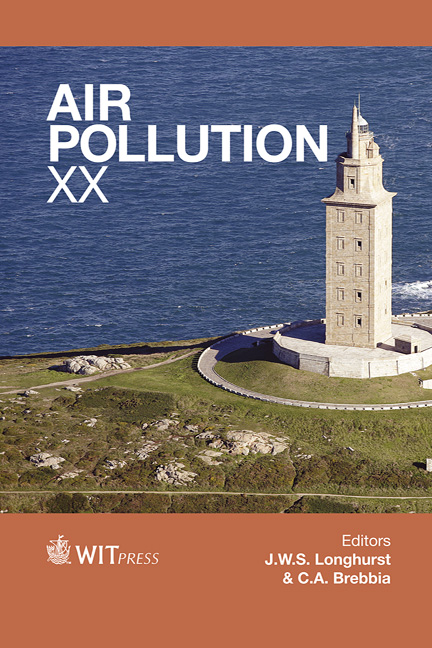Air Contaminants In Animal Production: The Poultry Case
Price
Free (open access)
Transaction
Volume
157
Pages
9
Page Range
315 - 323
Published
2012
Size
392 kb
Paper DOI
10.2495/AIR120281
Copyright
WIT Press
Author(s)
C. Viegas, S. Viegas, A. Monteiro, E. Carolino, R. Sabino2& C. Veríssimo
Abstract
A descriptive study was developed in order to assess air contamination caused by fungi and particles in seven poultry units. Twenty seven air samples of 25 litters were collected through impaction method. Air sampling and particle concentration measurement were performed in the pavilions’ interior and also outside premises, since this was the place regarded as reference. Simultaneously, temperature and relative humidity were also registered. Regarding fungal load in the air from the seven poultry farms, the highest value obtained was 24040 CFU/m3 and the lowest was 320 CFU/m3. Twenty eight species/genera of fungi were identified, being Scopulariopsis brevicaulis (39.0%) the most commonly isolated species and Rhizopus sp. (30.0%) the most commonly isolated genus. From the Aspergillus genus, Aspergillus flavus (74.5%) was the most frequently detected species. There was a significant correlation (r=0.487; p=0.014) between temperature and the level of fungal contamination (CFU/m3). Considering contamination caused by particles, in this study, particles with larger dimensions (PM5.0 and PM10) have higher concentrations. There was also a significant correlation between relative humidity and concentration of smaller particles namely, PM0.5 (r=0.438; p=0.025) and PM1.0 (r=0.537; p=0.005). Characterizing typical exposure levels to these contaminants in this specific occupational setting is required to allow a more detailed risk assessment analysis and to set exposure limits to protect workers’ health. Keywords: occupational health, poultry, air contamination, fungi, particles.
Keywords
occupational health, poultry, air contamination, fungi, particles.





